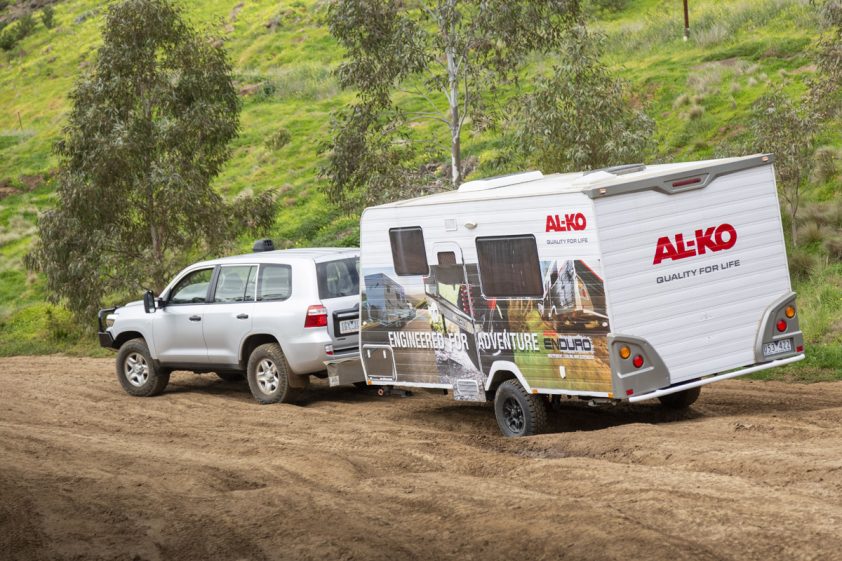Biologically, humans have poor night vision compared to many animals because the human eye lacks a tapetum lucidum – a retroflector lying immediately behind the retina. Animals are also mostly nocturnal, and with many light-receptor cells can control their eye sensitivity. These ‘night vision’ species also have superior intensity and spectral ranges.

However humans are not owls, and the ability to see in low-light conditions can deteriorate – particularly for the grey nomad genre. An unfortunate reality of ageing is the effect on driving capability (i.e. decreased vision; impaired hearing; slowed motor reflexes; reduced strength, coordination and flexibility etc.). So how can the more senior members of society retain their night-time driving independence?
Well, it’s important to recognise that reduced visibility is a by-product of driving at night. Your view is limited to the distance illuminated by your vehicle’s headlights, and you do not have the advantage of colour and contrast that you have during the daytime. You must also come to terms with the fact eyesight does change as you get older. At night, you may have trouble seeing things clearly. Glare from oncoming headlights or street lights can be a problem. Typically, the time to recover from glare while driving at night increases with age.
Eye diseases, such as glaucoma, cataracts, and macular degeneration, as well as some medicines, can also cause vision problems. Elderly people with cataracts will find their ability when driving at night is severely impaired.

And being able to see well during the daytime does not necessarily mean that you will see well while driving at night. After driving four or five hours on a sunny day, it may take an hour or more for your eyes to adjust to low light at dusk or night.
It’s important to know your limitations… Drive only during daylight hours if seeing well at night is a problem. If you are experiencing anxiety driving at night, an eye specialist can assess your vision. And get your eyes checked every year!





